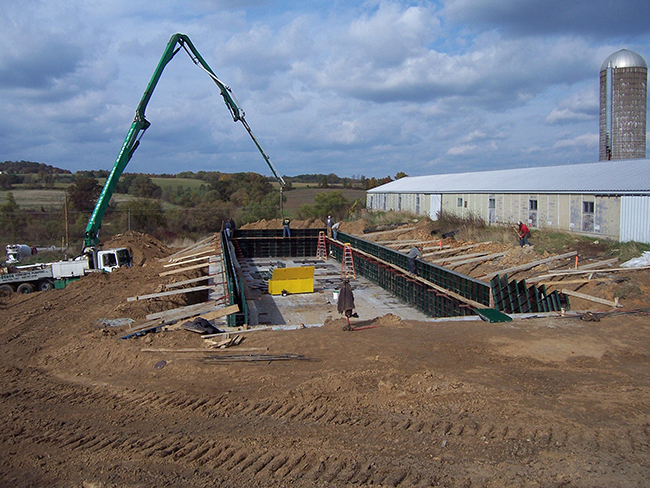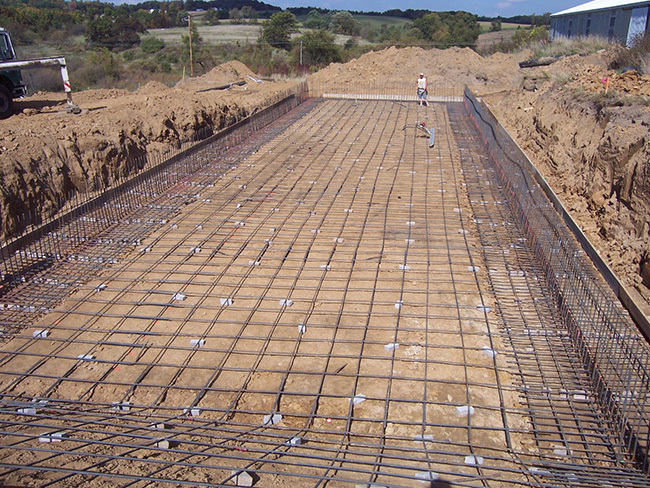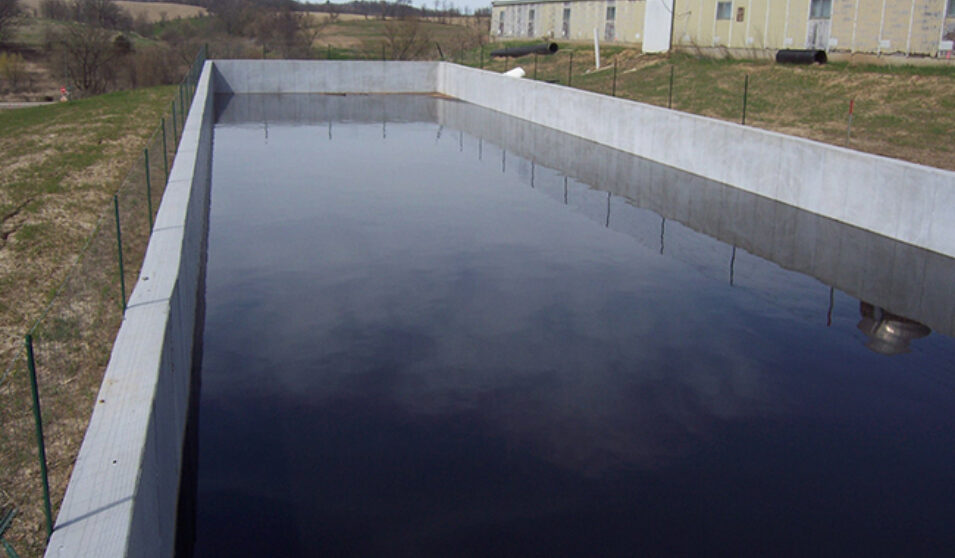At some point in your career, you might have to pull a rabbit out of a hat. Monroe County Conservationist Bob Micheel never guessed he would come so close to the literal interpretation of that phrase.
Micheel has been working for the Monroe County Land Conservation Department for more than 25 years and now serves as the Monroe County Conservationist. During his time with the County, he’s worked with a lot of resource concerns and provided technical and financial assistance to many landowners in the area.
After all, the majority of Monroe County is located in Wisconsin’s Driftless region, characterized by coulees, valleys, and trout streams, but also home to dairy operations and a few poultry farms. The highs and lows of the landscape, combined with various land uses, can make some areas very susceptible to soil erosion.

The northeast area of the county is in Wisconsin’s glaciated area, commonly referred to as “cranberry country,” and home to the famous Warrens Cranberry Festival.
Monroe County is also home to Randy Nierling’s farm southwest of Tomah.
Nierling and his family started a New Zealand White and California White rabbit farm by converting an old dairy barn. There the rabbits are bred and raised before being sent to a processing facility in Iowa, where the meat is distributed to high-end restaurants. Randy’s farm currently holds about 5,000 rabbits, but he is looking to expand to 10,000.
When Nierling was in the early stages of building and expanding his operation, he reached out to the Farm Service Agency for an operating loan. The FSA loan officer who initially visited the farm was concerned about uncontained manure on the property. Before approving the loan, the FSA officer asked the Monroe County Land Conservation Department to get involved.
You wouldn’t think rabbit manure could be problematic, but 5,000 rabbits can produce about the same amount of manure as 25 dairy cows. However, rabbit manure does not have the same characteristics as typical cow manure. It has different physical and chemical properties, and is much more concentrated and nutrient-rich with makes it a valuable fertilizer.
The rabbit waste was collected in a center alley in the barn, then was flushed with water, and piped to the outside. The waste exiting the barn was a lava-like, slow-moving mass, burning the grass and releasing pungent odors on its way. Before approving the loan, the FSA officer asked the Monroe County Land Conservation Department to get involved.

In October 2012, Micheel and NRCS engineer Amanda Crowe visited the farm. They found that the manure was moving slowly toward a ditch adjacent to the town road. In a heavy rainfall, it could quickly reach Lemonweir Creek, a stream that feeds into Lake Tomah. Lake Tomah is on DNR’s 303(d) list of impaired water bodies because of excessive phosphorus levels, and the extra nutrients from this manure wouldn’t help.
“Working with farmers and producers for 25 years, you think you’ve seen it all, but then something like this pops up,” said Micheel. “This was definitely a first for me.”
Micheel and Crowe's experience with conservation approaches and techniques honed over the years working with dairies and other livestock producers helped them address the manure runoff. In working with the
Nierling family, it was decided that a manure storage facility would correct the runoff issues and worked together to secure $70,000 in financial assistance through the Environmental Quality Incentives Program.
Monroe County, through its Soil and Water Resource Management staffing grant, was able to provide free technical assistance in the form of project design work, oversight for construction and installation, and securing a manure storage permit.
Using funding provided by NRCS, Nierling contracted with two local businesses to perform concrete and earth work. Monroe County’s manure storage ordinance requires a nutrient management plan in order to get a permit, so Amy Finley of Western Wisconsin Technical College helped Randy write his plan. The nutrient management plan ensures that the stored rabbit manure is spread to match crop nutrient needs and minimizes nutrient runoff into nearby waters. This provided a win-win situation, because Nierling's neighbor needed additional fertilizer and was able to use the nutrient values of the rabbit manure on his nearby cropland.
Thanks to the assistance provided by the Monroe County LCD and NRCS, and the collaboration with Randy Nierling, the farm was able to build enough manure storage capacity for 10,000 rabbits and Nierling secured his operating loan.
The new storage also reduced odors, and prevented waste from oozing into Lemonweir Creek. The farm, creek, and community all benefitted from the skill and problem solving of Wisconsin conservation professionals. And despite all of those rabbits, they didn’t need a single top hat.

